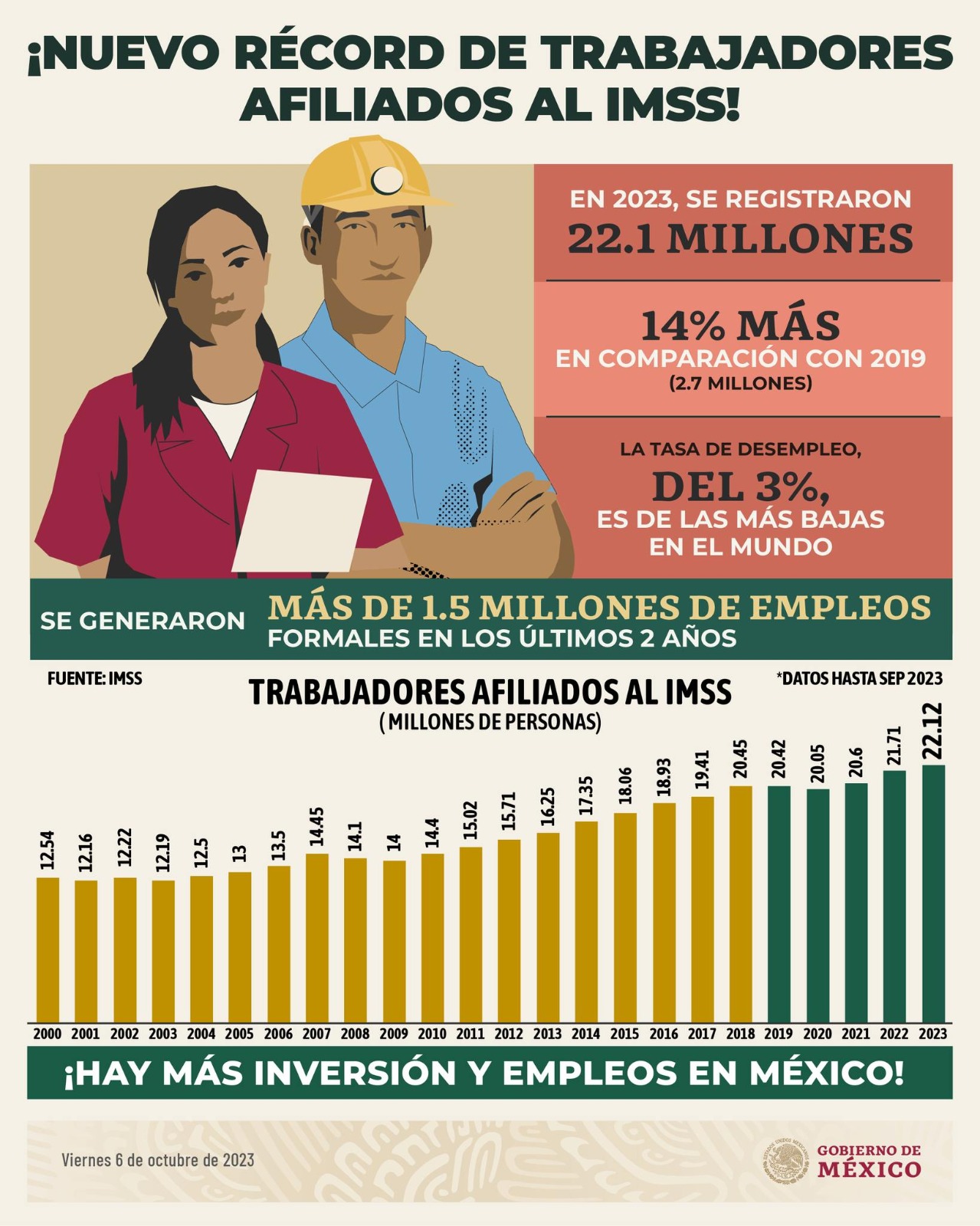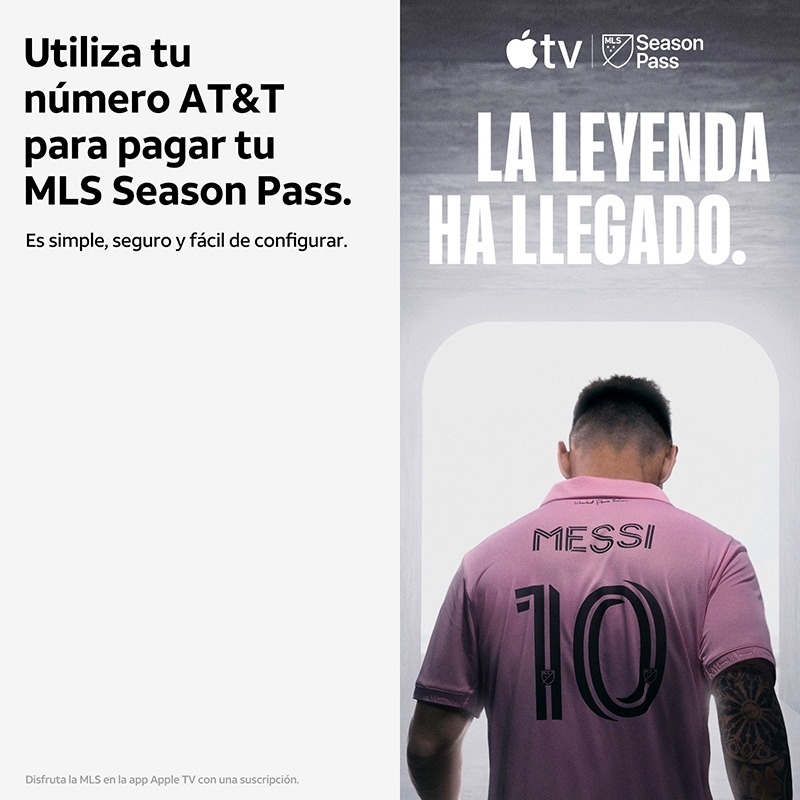With the first quarter of the 21st century coming to a close, Billboard is spending the next few months counting down our staff picks for the 25 greatest pop stars of the last 25 years. We’ve already named our Honorable Mentions and our No. 25, No. 24, No. 23, No. 22, No. 21, No. 20, No. 19, No. 18 and No. 17 stars, and now we remember the century in Jay-Z — who redesigned crossover hip-hop stardom in his image and became one of the biggest pop culture icons of the entire century.
The best is not always the best-selling. Take the Porsche 911: Considered by many experts and fans alike to be pound-for-pound the best sports car money can buy, the rear-engined coupe sells only a fraction of what America’s number one pony car, the Ford Mustang, sells. Despite its motor being in the wrong place, the 911 is thought to be the platonic ideal of a sports car. It can do it all: deliver a transcendent driving experience, win prestigious motor races, do the weekly chore run, ferry a (small) family around, and look cool when parked on the block. Instead of introducing radical new ideas every model year, Porsche has worked to intensely refine and perfect the 911 over the course of its 75-year run.
Trending on Billboard
The closest thing Hip-Hop has to the Porsche 911 is Brooklyn’s own Shawn “Jay-Z” Carter. Throughout his storied three-decade career, Jay-Z never reached the commercial heights of some of his contemporaries but, much like the 911, he represented the platonic ideal of what a rapper should and could be – including as a crossover star, who was able to have major hits and top 40-level success without ever really changing who he was or sounding like he was actively chasing any of it.

Hitting the scene in earnest in 1996 with his debut album Reasonable Doubt, Jay shared underworld tales and street knowledge in a cool unaffected manner that made it seem as if he was letting you in on a secret. With Death Row and Bad Boy dominating the charts in the mid-’90s, Jay worked to carve out a lane for himself as the guy who had one foot on the block and one foot in the boardroom. After not finding high-level commercial success with his debut, Jay recruited the team behind his friend The Notorious B.I.G.’s classic albums to create In My Lifetime, Vol. 1. Debuting at No. 3 on the Billboard 200, Vol. 1. boasted minor hits in “The City Is Mine” and “(Always Be My) Sunshine” but proved that Jay had the propensity to make music that appealed to both radio program directors and true hip-hop heads.
But the real breakthrough came with 1998’s Vol. 2… Hard Knock Life. This time around there was no big-name executive producer, just Jay-Z and his Roc-A-Fella partners Dame Dash and Kareem “Biggs” Burke. The star of the show was the 45 King-produced, Annie-sampling “Hard Knock Life (Ghetto Anthem)” that peaked at No. 15 on the Hot 100, becoming Jay-Z’s biggest hit up until that point and pushing Vol 2. to be Jay’s first No. 1 debut on the Hot 200. Suddenly the hustler from Marcy Projects was no longer toiling away in the shadow of NYC’s towering MCs — he was now one of its brightest stars. Over the next four years Jay-Z proved success does indeed beget success. He launched the careers of a few successful rap stars under his Roc-A-Fella imprint and stretched his earning potential with new clothing and liquor endeavors. But despite all that — as well as a bevy of rap hits and back-to-back Billboard 200 No. 1 albums — Jay’s best days were still far ahead of him.
The new millennium got off to a crazy start for Jay, as he connected with the Neptunes for the first time for the lead single of what was supposed to be a label compilation album. The fun and uproarious “I Just Wanna Love U (Give It 2 Me)” became Jay’s first single to top the Hip-Hop/R&B chart and peaked at No. 11 on the Hot 100. The song was so big it reportedly inspired Britney Spears to tap the Virginia Beach-based production duo to work on her Britney album. The Dynasty: Roc-La-Familia also served a greater purpose still for the young rap mogul: It set the groundwork for what would become the best album of his career. Featured on Dynasty were three then-unknown producers – Ye (then Kanye West), Bink! and Just Blaze — who gave Jay a bunch of sample-based beats that were shimmering, soulful and gritty all at once. That sound would go on to anchor Jay’s sixth album, The Blueprint.
In 2001, Jay was fighting battles on multiple fronts. He was taking verbal fire from NYC artists — Nas, Prodigy, and Jadakiss — who were none too happy with Jay’s claim to be the King of New York. And he was fighting two criminal cases: one for illegal gun possession and one for assault. During all that, Jay absconded to Miami to record what would become his magnum opus. Legend goes that Jay heard the beats and was so inspired he recorded the album in less than a week. The result would be a project that completely reordered the pantheon of rap greats: Sure, Reasonable Doubt is considered a classic, but the wider world didn’t take notice of it until years later. With The Blueprint, everyone knew immediately that Jay-Z had made the best rap album anyone had heard in years. From the scathing diss track “Takeover” to the tender “Song Cry” — and a pair of irresistible ‘00s pop-rap staples in the triumphant “Izzo (H.O.V.A.)” and the hilariously rude “Girls, Girls, Girls” — The Blueprint, as Noah Callahan-Bever wrote, became just that: “Everything a great rap album should be, and, perhaps as importantly, nothing that it should not be.”
Throughout his career, Jay always looked at himself as more than a rapper. Yes, he also claimed to be a hustler, but he more so saw himself as an enterprise. The famous bar wouldn’t come until 2005 when he hopped on a remix to Ye’s “Diamonds” record—in Jay’s eyes he’s not simply a businessman, he’s a business, man. And that sentiment really began to show in the early 2000s: So much so he felt he’d outgrown his role as a rapper to the point that he decided to retire, dropping a farewell project in The Black Album. And why not? By then he felt he had it all: He had five consecutive No. 1 albums, Roc-A-Fella was chugging along just nicely — and, in his immortal words, he had “the hottest chick in the game” wearing his chain in Beyoncé. He’d just scored two of his biggest pop hits to date alongside the then-burgeoning pop/R&B diva: His No. 3-peaking “Bonnie & Clyde ‘03” from the overstuffed sequel album Blueprint 2: The Gift and Curse, and her “Crazy in Love,” the Hot 100-topping breakout hit from Bey’s Dangerously in Love that set her on the path to all-time solo greatness. Things couldn’t be going better.
But what other rapper could have made the entire world care about their retirement? He made culture stop. Fans actually mourned his career! We’d never seen someone go out on top; on their own terms. Especially after making what appeared to be all the right moves. It was no wonder the documentary he made about the making of his “last” album – 2004’s Fade to Black, which also captured his “retirement party” concert at New York’s Madison Square Garden, bringing hip-hop to the World’s Most Famous Arena at a time when it rarely got to command such stages — was itself a hit.

Of course, he couldn’t leave the game alone, and wound up returning three years and a Def Jam Presidential stint later with the forgettable Kingdom Come. Tapping his usual list of producers to craft his comeback special, Jay suffered his first great misstep: He underestimated just how much the rap game had moved on in the time he was away. The South, and Atlanta in particular, was now the dominant force in rap– a reality helped bring forth by signing Young Jeezy to Def Jam. And with younger guys like T.I. able to seamlessly flow between grimy street records and wide aperture radio hits, Jay’s attempt felt, well, old. It didn’t help that he himself was struggling with how to be a rapper touching 40 years old.
But Jay-Z’s true gift remained his ability to make people believe Jay-Z is the coolest person in the world. His ability to sell that idea has helped him sell everything else. When, on Blueprint 3, he declared Auto-Tune dead at the late height of its use within hip-hop in 2009, most people said “hm,” but went with it. (He had less success with getting people to stop wearing Timbs, but you can’t win ‘em all.) Nonetheless, his coolness is what made his BP3 collaboration with Alicia Keys, “Empire State of Mind” — a song that could have fallen flat and tumbled into cringe in the hands of a lesser artist — his first song to hit No. 1 on the Hot 100, and an enduring Big Apple anthem that even folks who couldn’t name a second Jay-Z song still know most of the words to.
Another gift has been his ability to align himself with the right people at the right time. When he retired from rap and released The Black Album, Jay released a cappella versions of the album and let DJs and producers make new mash-up versions of the album. Danger Mouse’s career was birthed on the back of that release when he mixed it with beats sampling the Beatles’ White Album to create The Grey Album. That album also inspired Linkin Park and Jay to combine some of their songs together to create a six-song EP called Collision Course that wound up selling 368,000 copies first week and winning a Grammy for “Numb/Encore.”
But Jay’s greatest collaborations would come years later. In 2011, he and his mentee Ye traversed the globe to record what would become Watch the Throne. A fully immersive experience, WTT spawned a roving art exhibit, a listening at NYC’s Hayden Planetarium, and a global tour that had them performing their smash hit “N—as In Paris” multiple times at every stop and 11 times in Paris. Lush, lavish, and luxurious, Watch the Throne had was the cultural high point of the past 24 years for both Jay-Z and Ye, positioning them both as not just rap stars but pop culture titans.

A few years later, in 2014, Jay’s legend (and pop star bonafides) only grew greater when he and his now-wife Beyoncé decided to team up for what would become one of the best tours of the past 25 years, with the On the Run Tour. Boasting 21 shows across three countries, the all-stadium tour became one of the most successful in history, with $109 MM in ticket sales, according to Billboard Boxscore. It was so successful, the duo re-upped and did it again four years later. Could Jay have headlined a solo stadium tour 18 years into his career? Maybe, maybe not. But the important thing to remember is that he did embark on global stadium tours at a time in his career when most rappers from his generation wouldn’t be able book midsize venues in their home cities.
Just like the venerable 911, Jay’s game was constant improvement. He didn’t sell like 50 Cent or Nelly or Eminem at their respective peaks. The only time he was able to sell a million in a week – sort of — was when he made a deal with Samsung to pre-load his Magna Carter…Holy Grail album on their phones, giving him a platinum plaque before it even hit stores. But his stranglehold on pop culture and his influence on cultural trends was unmatched (remember when he told everyone not to drive a BMW X5 and everyone, even people who couldn’t afford one in the first place, listened?). No one, besides Rihanna, Taylor Swift and Ye back when his name was still Kanye, has been able to affect the commercial decisions of young music fans as much as Jay had.

Don’t take our word for it, though. Listen to Jay at the end of “What More Can I Say”:
The soul of a hustler, I really ran the streets/A CEO’s mind, that marketing plan was me/ And no I ain’t get shot up a whole bunch of times/ Or make up s—t in a whole bunch of lines / And I ain’t animated, like say, a Busta Rhymes/ But the real s—t you get when you bust down my lines/ Add that to the fact I went plat’ a bunch of times/ Times that by my influence on pop culture/ I supposed to be number one on everybody’s list.
Read more about the Greatest Pop Stars of the 21st Century here — and be sure to check back on Tuesdsay when our No. 15 artist is revealed!




